4D Face Model 2019 Release
We’re excited to announce the official release of the 4D Face Model 2019 (2019.1). The main updates to the preview version include: A more expressive identity model, built from more scans of a wider range of ethnicities, and now 36 expressions/action units, with improved quality. Below video cycles through the action units as blendshapes:
We now make the model available with both the expressions as PCA model, as well as blendshapes. The PCA expression model is useful for tasks and algorithms that were made to work with traditional 3D morphable models, as modelling expressions with PCA is quite a common technique in the 3D morphable model community. Blendshapes (or morph targets) on the other hand are commonly used in the world of computer graphics and animation, and have the distinct advantage that each blendshape corresponds to a specific expression or facial action unit.
The identity model is now built from a wider range of ethnicities, and we’ve incorporated data from a diverse population, covering the Caucasian, Asian, African, Indian and Middle-Eastern regions, among others. Below a few pictures of various identity and expression variations. Some images are shown with a per-vertex colour, just for visualisation purposes.
As in the preview version, the 4DFM comes in two different resolution (subdivision) levels, and with an uv embedding.
We are very excited to offer a 3D morphable face model with market-leading identity variation and expressions, covering the full head. With 36 expressions/action units, optimised topology, two resolution levels and uv embedding, we offer the best out-of-the-box experience possible, to drive tomorrow’s applications in augmented or virtual reality (AR/VR), games, entertainment, or health care.
The 4DFM 2019 is available now. Get in touch with us via email or contact form for more details, pricing and licensing, and check out the 4DFM product page. We’d love to hear from you.

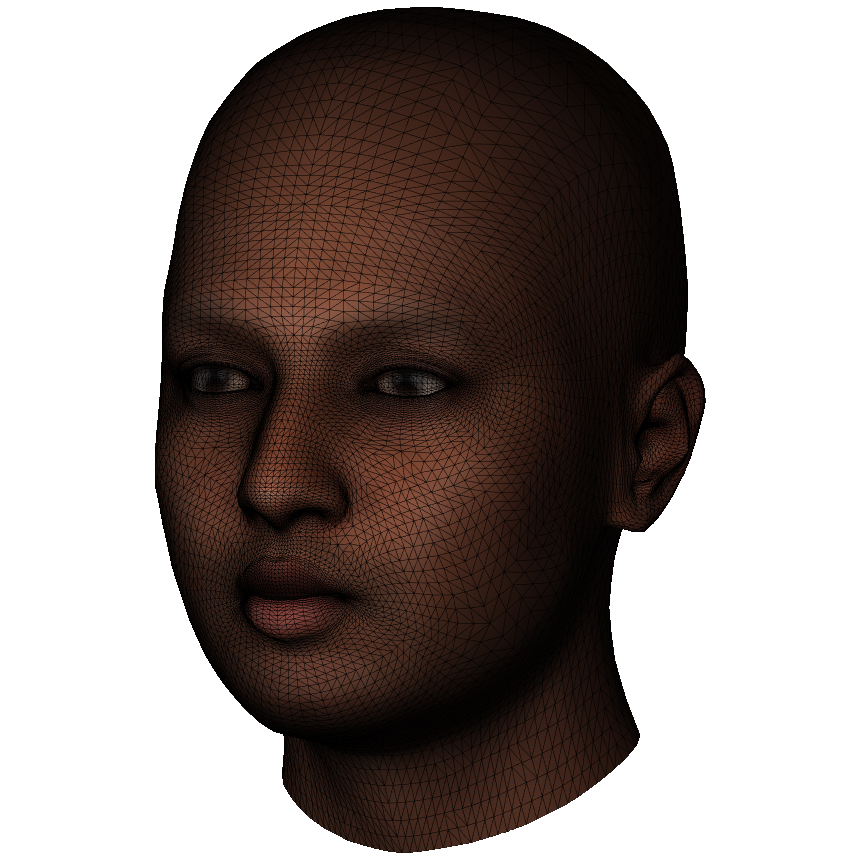
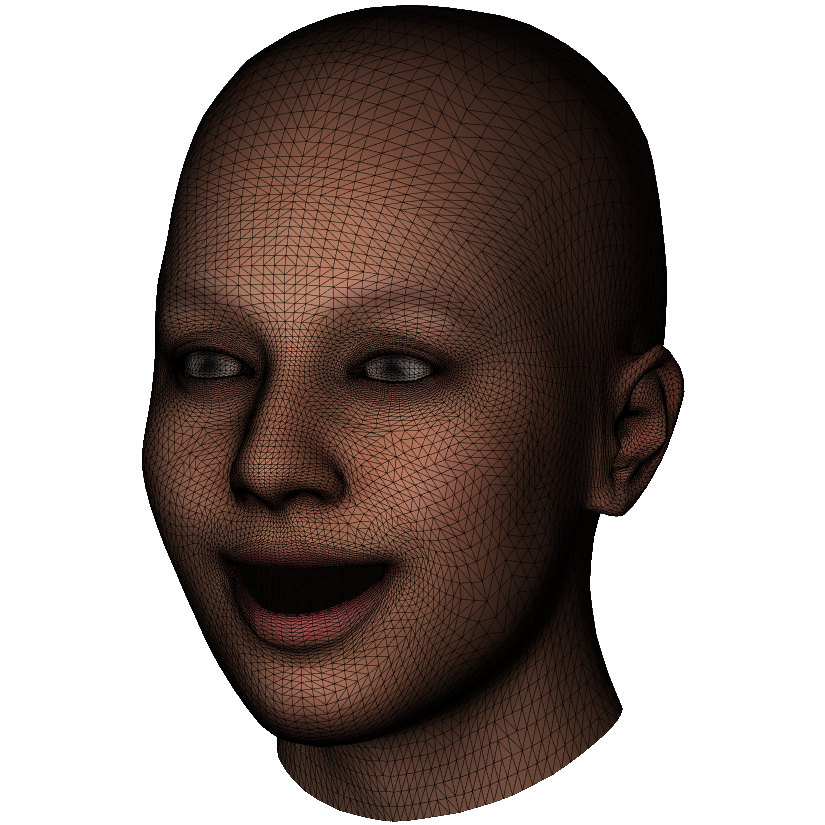
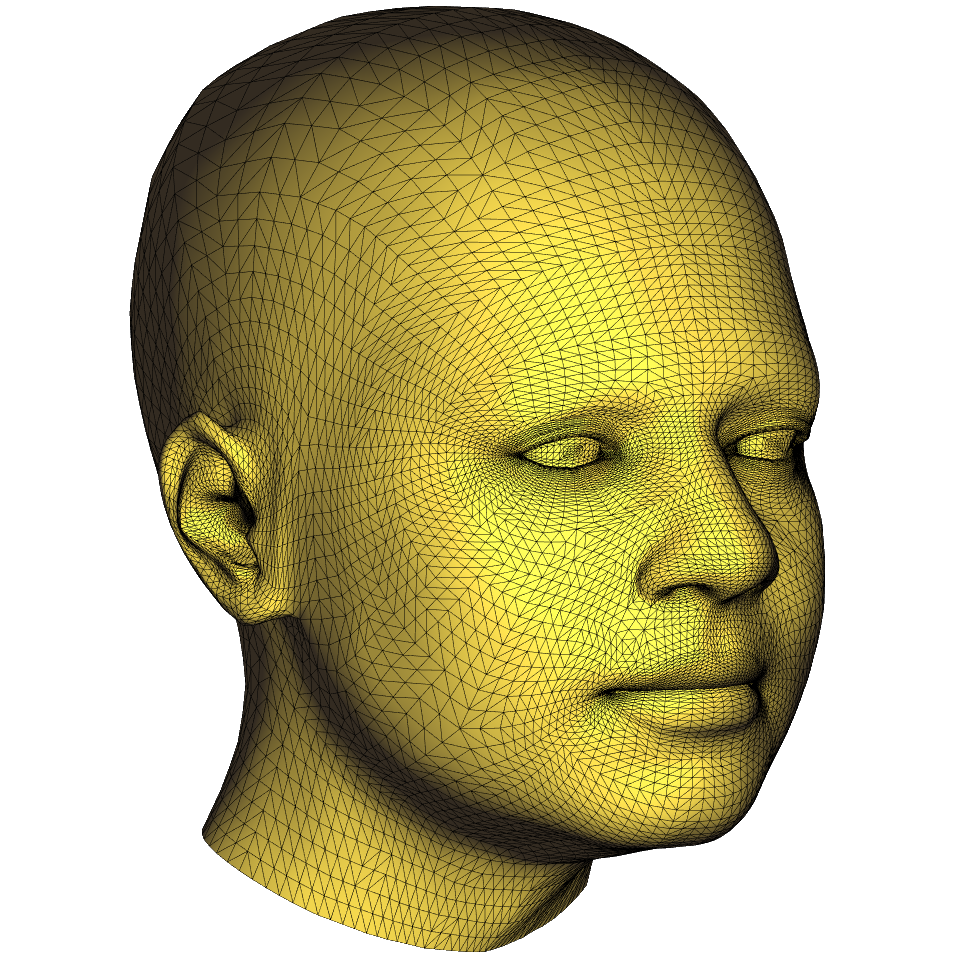
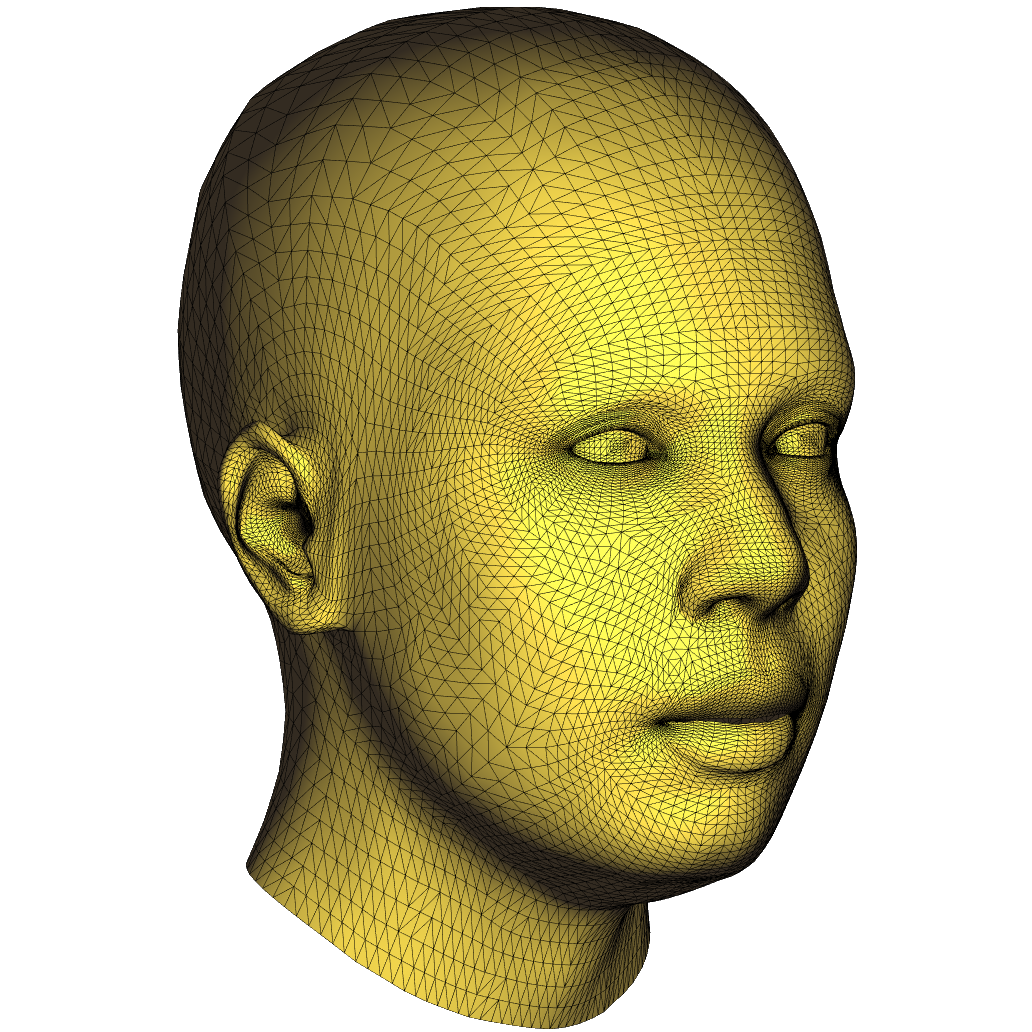
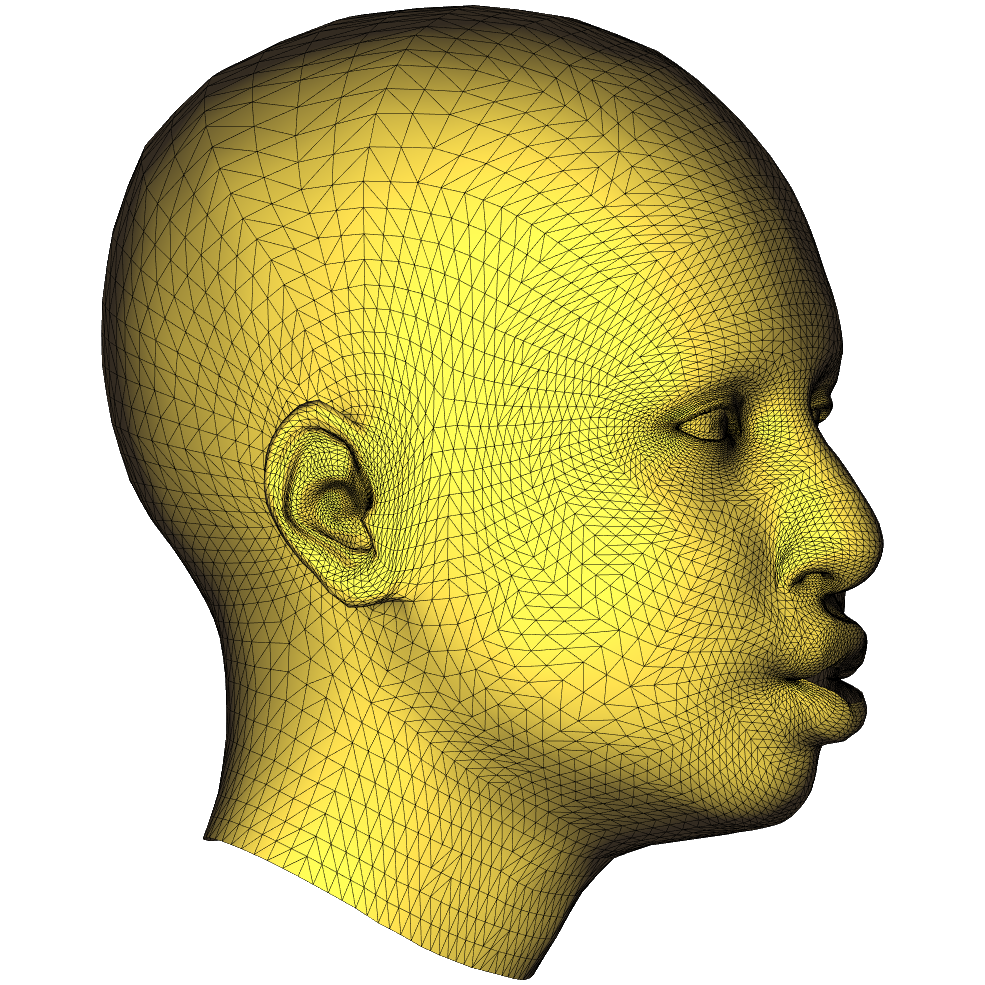
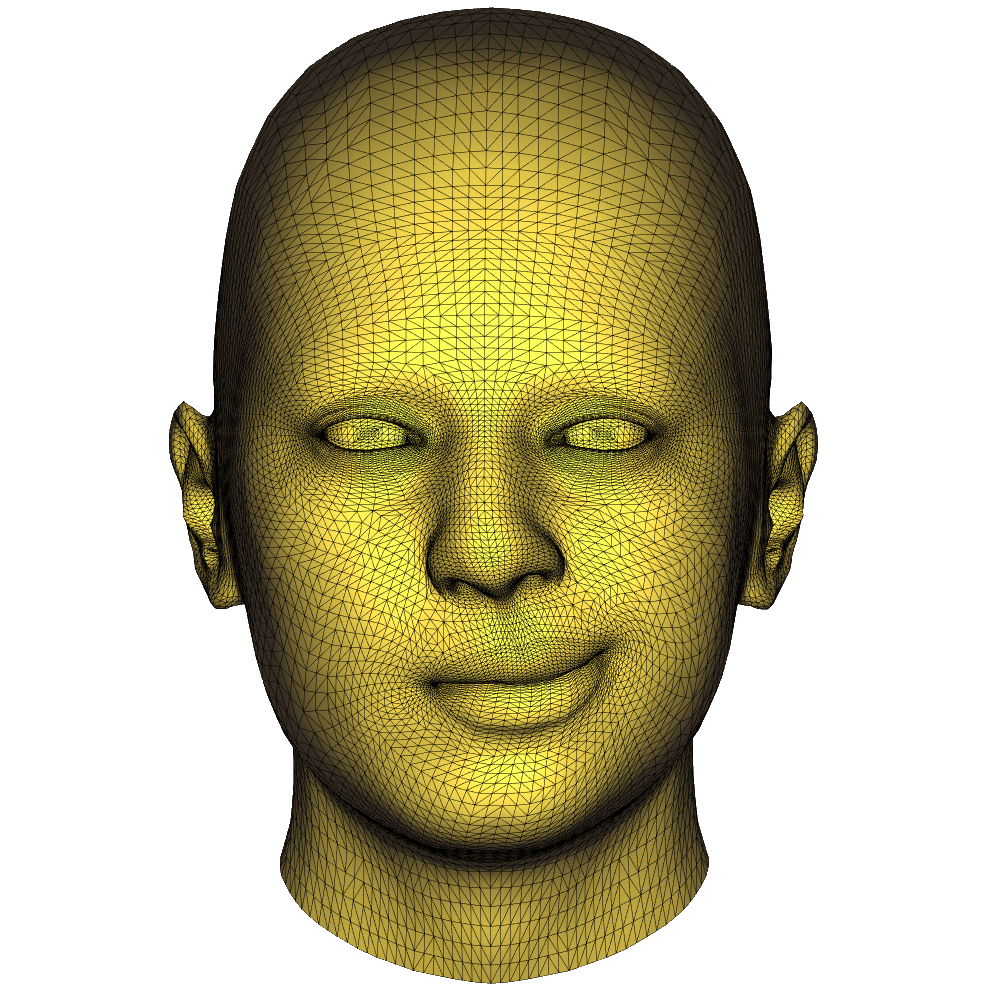
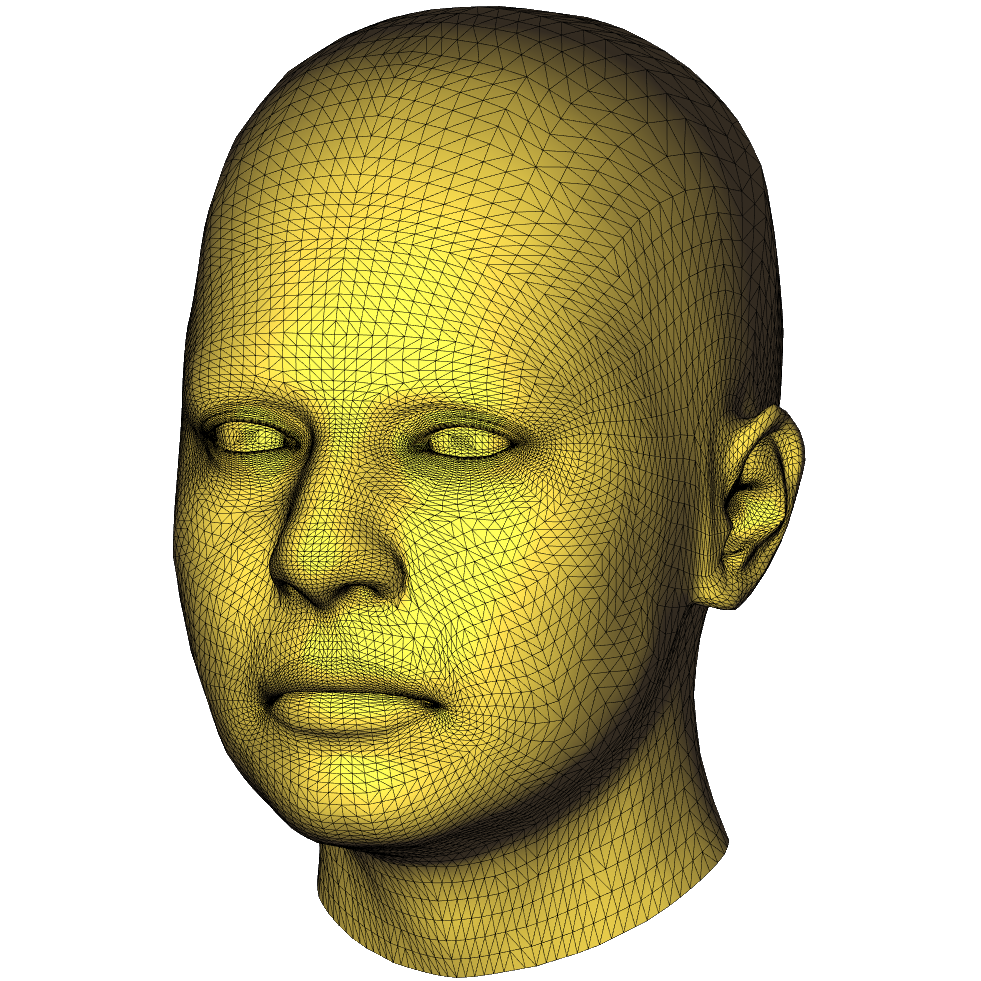
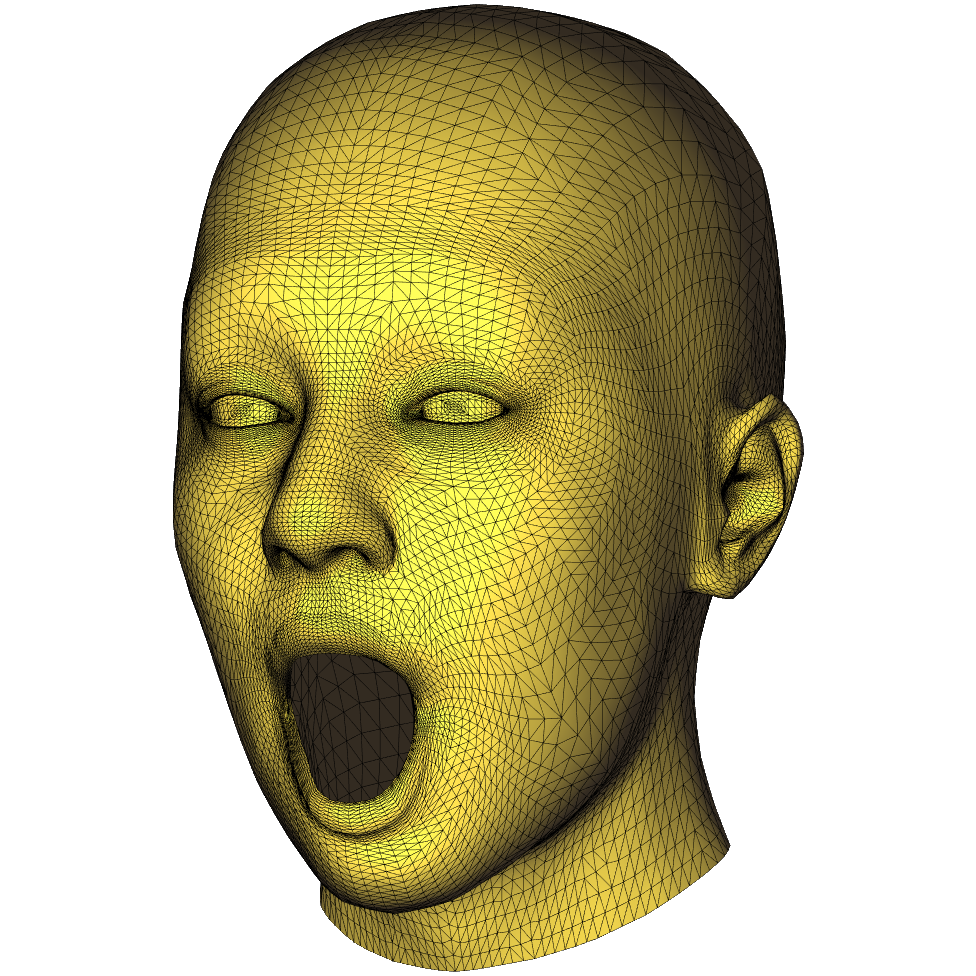
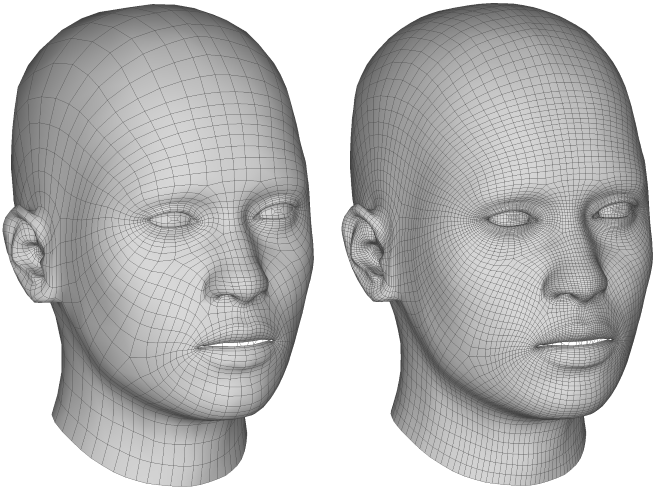
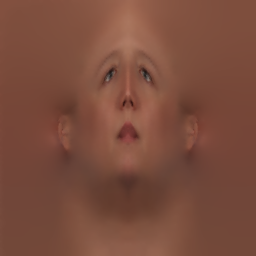
Hi,
I am interested in your product of the 4DFM, and i want to know more about the details, such as the vertex number and triangle number of two resolution version, the demographic information (including the number of 3D scan identity of your training dataset) and so on.
The price of your product, the precision of the model and what devices you used to capture your training 3D data is also what i want to know.
yours,
sincerely.
Dear Duomin,
Thanks a lot for your interest in our 4DFM! We currently offer the 4DFM in two resolution levels, with 3230 vertices (6380 faces) and 12840 vertices (25520 faces). The model is built from demographically diverse data and it is our mission to provide a model that works well for the population all over the world. We are also constantly evolving and improving the 4DFM and regularly releasing updates.
We reached out to you via email with a bit more details too.
Best regards,
Patrik
Excellent work. Can the 3D face model be used to assess proof of liveness?
Dear Norman,
Thanks a lot for the praise!
The 4DFM itself is not a ready-made product for liveness detection. But many recent algorithms in the area of face analysis use deep learning approaches, combined with a statistical face model, to provide certain kinds of priors. If you are developing anything in that direction, it’s highly likely that our 4DFM could be useful to you.
We reached out to you via email with a bit more details too and look forward to hearing back!
Best wishes,
Patrik